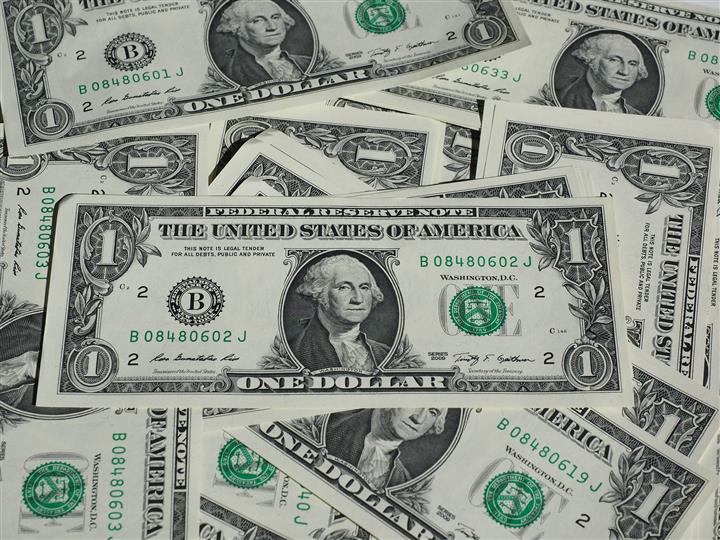The Free Dictionary Blog > English Grammar and Spelling > Homophones, Homonyms, and Homographs: How to tell the difference
Homophones, Homonyms, and Homographs: How to tell the difference
Homophones vs. homonyms vs. homographs
These three terms are confusing and easily mixed up. Not only do they sound similar to each other, they all highlight the similarity of the words they describe: their first syllable "homo," taken from the Greek <i>homós</i> means "one and the same." So how can you tell these words apart? How are they different?
1. Homophones

What is a homophone?
A homophone is one of two or more words that are pronounced the same but differ in meaning, origin, and sometimes spelling. Put simply, homophones are words that sound alike, whether or not they are spelled differently.
Homophone examples
Here are some more examples of homophones:
2. Homographs

What is a homograph?
A homograph is one of two or more words that have the same spelling but differ in origin, meaning, and sometimes pronunciation. Homographs are words that are spelled identically but may or may not share a pronunciation.
Homograph examples
"Spruce" (tree) and "spruce" (neat) are homographs, but so are "row" (line, pronounced rō), and "row" (fight, pronounced rou), as well as "sewer" (conduit for waste, pronounced so̅o̅′ər), and "sewer" (person who sews, pronounced sō′ər).
Here are some more examples of homographs:
wind (an air current or to twist)
spring (the season or to bounce)
3. Homonyms

What is a homonym?
By definition, a homonym is one of two or more words that have the same sound and often the same spelling but differ in meaning. So, homonyms share some characteristics with both homophones and homographs.
Homonyms always sound the same. Sometimes they are spelled the same, but not always.
Homonym examples
Spelled the same: bank (embankment or place where money is kept)
Here are some more examples of homonyms:
pet (to stroke or a domesticated animal)
spring (the season or to bounce)
How to remember the difference between homophones, homonyms, and homographs
The terms "homonym," "homophone," and "homograph" designate words that are identical to other words in spelling or pronunciation, or both, while differing from them in meaning and usually in origin.
Homophones always sound alike, so remember the ending "-phone," which is a Greek root meaning "sound."
Homographs are always spelled the same, so remember the ending "-graph," which is a Greek root meaning "writing."
Homonyms are, in the strictest sense, both homophones and homographs, alike in spelling and pronunciation, such as the two meanings of "bear."
The term "homonym," however, is used more frequently than "homophone," a technical term, when referring to words with the same pronunciation without regard to spelling. "Homonym" is also used as a synonym of “homograph." Thus, "homonym" has taken on a broader scope than either of the other two terms and is often the term of choice in a nontechnical context.
Linguist Neil Whitman suggests looking at the three terms as a Venn Diagram: "One circle contains homophones; the other circle contains homographs; and the football in the middle contains homonyms."
Clear? What are your favorite homophones, homographs, and homonyms?
Get all volumes of The Farlex Grammar Book in paperback or eBook.
Ze Said/E Said: 5 Candidates for a Gender-Neutral Singular Pronoun
Quotation marks and punctuation: Inside or Outside?

